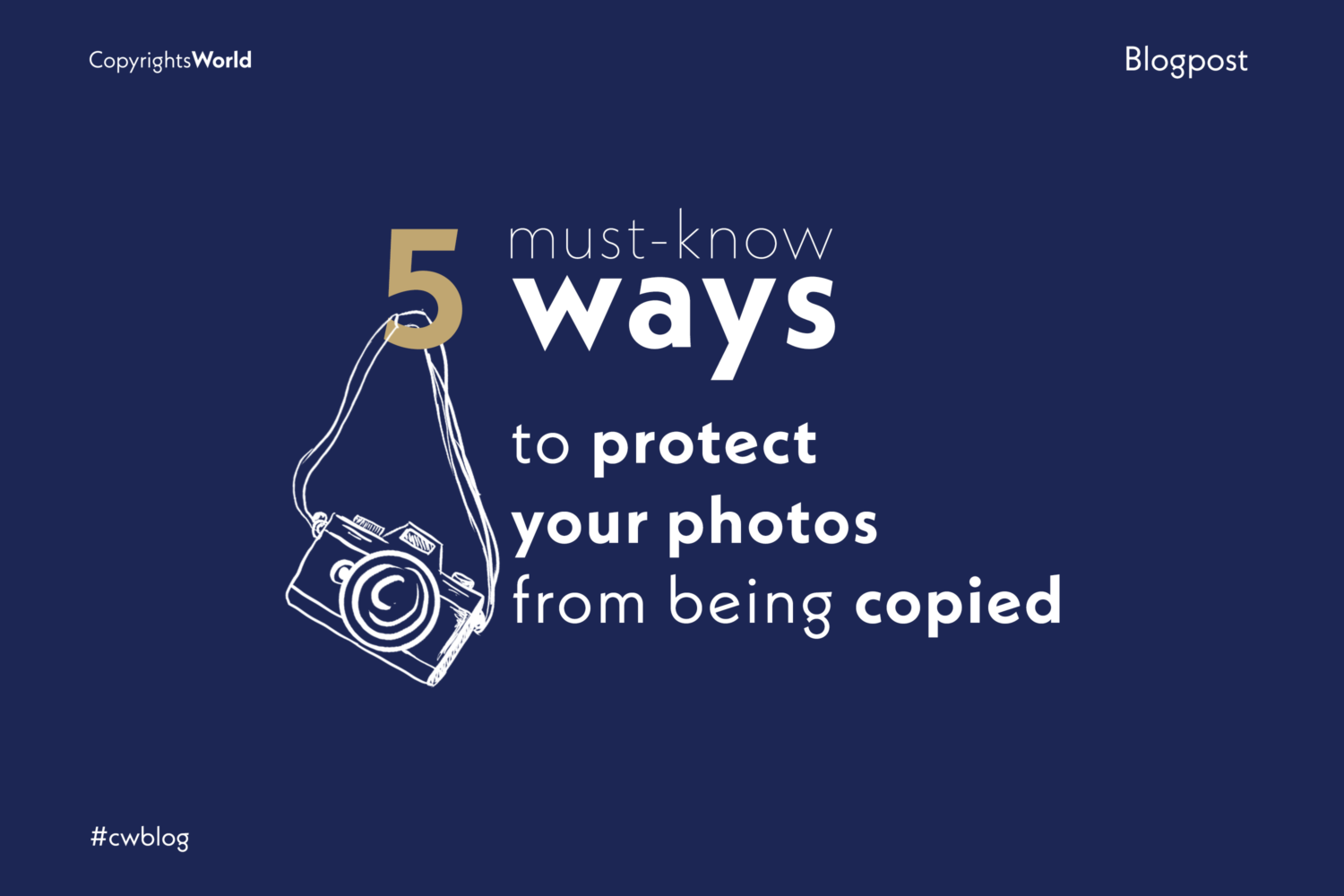For photographers and image creators, digital photos’ infringement is a cruel reality. Based on statistics, 2.5 billion photos were stolen daily in 2019.
Copyright infringement of digital photos differs in important ways from infringement in the markets of music and movies.
Opportunities for photo infringement are numerous as an infringer need not actively log into a peer-to-peer file-sharing network to infringe; one need only right-click an image found via an online search.
It is very interesting that some infringers are unaware of the fact that they are breaching someone’s rights, or that they have any legal obligation to pay for the use of a photo. Even if they do know that they have to pay, they don’t know how much and to whom. The second fact is that infringers are typically unaware of an image’s price at the time of infringement.
While some might advocate that it’s impossible to completely prevent digital photo infringement, there are ways to protect your photos and prevent or revert their unauthorised use.
We have picked the top five most effective things you can do to retain full control of your work – and make sure you get fairly paid.
1. Get proof of ownership by registering your copyright
When you create an original work, you are automatically granted copyright of that work, which means you can decide how it is used and distributed.
Even though it is not mandatory, copyright registration provides valuable legal protection. It makes it easier for other people to find your protected material, and also helps you assert your legal rights by providing date stamped evidence of the exact or approximate creation date. It can help you mitigate the risk of expensive and timely litigation, whether you are a claimant or a defendant, as you have proof of ownership. Registration is essential if you ever find yourself filing or defending an infringement lawsuit and recommended for businesses and individuals alike, who wish to protect the inherent value of their work.
Read more about the importance of copyright registration explained by General corporate lawyer Harender Branch, from UK law firm Branch Austin.
2. Use a copyright notice
Displaying a copyright notice, such as ‘© All Rights Reserved,’ has not been a legal requirement in the US since 1989. It does, however, clearly identify you as the copyright holder, thereby decreasing the likelihood it will be used without authorization and bolstering legal evidence in the case that it is.
If your photo is used online without your consent, you can assume that the user knew that the photo was copyrighted. This is a very good example of how a copyright notice can help as evidence of ownership in case of legal dispute.
3. Watermark your work
A watermark is a very prominent way of protecting your work and showing evidence of copyright ownership but unfortunately not one you can fully trust. Watermarks can be removed with a series of photo editing software and apps.
The best method to apply watermarks is that of randomised digital watermarking. This method is based on constantly changing the watermarks’ shape and design before being applied on your photo. While it is effective it enhances an already existing challenge with watermarks which is the final design. With randomised digital watermarking, you can’t have any control over the final result and its effects on your photo.
4. Digital sign all your photos
A very good way to have a proof of ownership is by digitally signing all of your photos. If you use this method, you can control the final outcome of your photo since it does not affect the visual of your work. In simple words, a digital signature is a photo attribute that’s not visible on your photo, until someone downloads the file.
Upon downloading it, the user has to either not use the photo or remove the signature by cropping it out. This is a very strong evidence of photo infringement as the user intentionally breaches copyright when cropping your signature out of the photo.
5. Use an active protection & monitoring service
While all the ways described above could work, they require your time and energy and they still don’t cover one big need. Knowing who is using your work without your consent. The web is vast and you can’t always know who is infringing your right.
Using a copyright protection and monitoring service, such as the one offered by CopyrightsWolrd, can make the protection of your rights much easier and efficient. When you upload your file you obtain indisputable evidence of copyright ownership in your email. Then with a simple click, you can add your files for infringement monitoring and receive reports when your rights are breached.
This way you can be certain that your rights as a creator are protected and spend more time creating more of work than worrying about how to protect it.
Conclusion
Photo theft is a cruel reality enabled by the technology we all hold in our hands every day and while it can be hard to eliminate it, we can find new ways to protect our intellectual property by deterrenting potential attempts or acting on the ones that have already happened.

